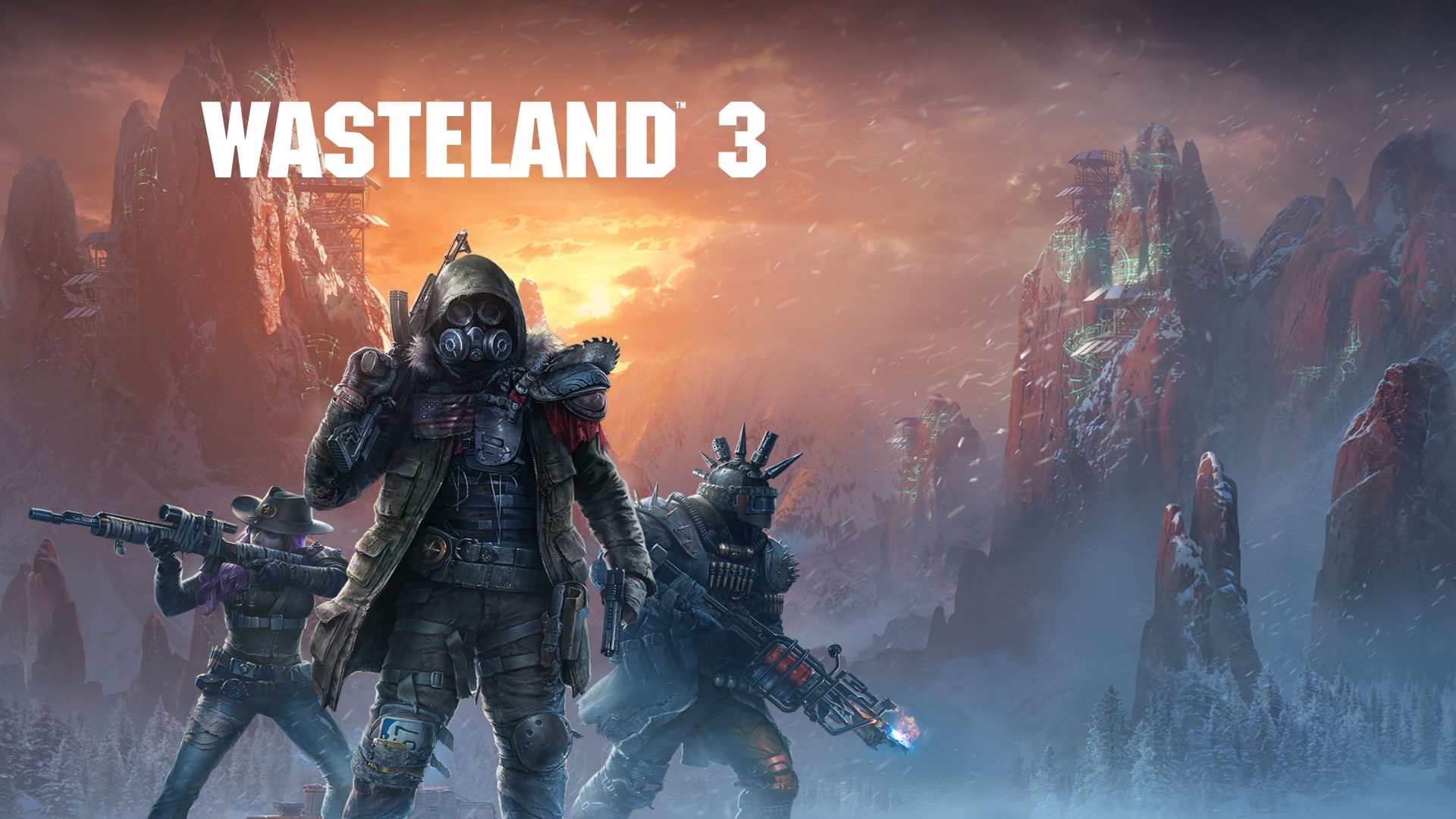
If you want more Fallout in these trying times, have you considered playing Wasteland 3?
Заголовок

The next Fallout is so far away it's not even worth speculating about when it'll happen. Fortunately, just like in Star Wars, there is another. You can always play a Wasteland instead. The game that directly influenced the original Fallout eventually gave rise to a series that collected the debt by continuing the style of the original, isometric Fallouts, culminating in an under-rated CRPG more people should play.
First, let's rewind a little. The history of every roleplaying game goes back to Dungeons & Dragons eventually, but Wasteland arrives there via a particularly direct route. When D&D came out in 1974, its rules were more toolkit than game—a messy bundle of ideas that had to be house-ruled into shape. Ken St. Andre decided to put together a simpler alternative, designing Tunnels & Trolls to play with his friends, and publishing it in 1975 so other people could play it with their friends. It was the second tabletop RPG to be professionally published.
Michael Stackpole, who would go on to write a towering stack of BattleTech and Star Wars books, worked on Tunnels & Trolls as well. He also took its basic rules, bolted on a skills system, and turned it into a modern-day tabletop RPG called Mercenaries, Spies and Private Eyes that came to the attention of Brian Fargo, the founder of Interplay.At this point Interplay had just released the first two games in The Bard's Tale series with Electronic Arts. Traditional fantasy RPGs, they'd been successful enough that while EA wanted another RPG, the studio had relatively free reign to make it about whatever they wanted. Fargo, a Mad Max lover, wanted to go post-apocalyptic.He brought on board a trio of Tunnels & Trolls designers: St. Andre and Stackpole, as well as Liz Danforth, who would go on to become quite well-known as an artist, illustrating Magic: The Gathering cards among many other things. They brought the ruleset from Mercenaries, Spies and Private Eyes with them, including its skills. The implementation in Wasteland feels clunky today—when a boy tells you there's a cave hidden by some bushes you have to walk up to every bush in the area selecting the Perception skill and then a bush until you find the right one—but still, building characters by selecting skills rather than race and class was something few other CRPGs of the 1980s offered.Wasteland cast you as Desert Rangers in post-nuclear Arizona, a squad of troubleshooting wanderers who traveled from town to town dealing with problems. It wasn't a particularly gritty vision of the post-apocalypse, peopled with mutant molerats and cyborgs as it was, but that random mashing together of sci-fi influences made for a nice contrast with the dry military sf of the Desert Rangers themselves.Something else brought over from Tunnels & Trolls, which catered for solo play with scenarios in a "choose your own adventure" style, were numbered paragraphs of additional story text in the manual. Shifting a significant amount of the game's text onto paper had the advantage of reducing the disk requirements, which was a big deal, because Wasteland needed plenty of space for its persistent, open world. Where many other RPGs of the time consisted of dungeons and wilderness locations that reset each time you returned to them, your actions left marks on Wasteland's post-nuclear Arizona. Not all of your actions, but enough to be notable. The defining memory of Wasteland for a lot of players is killing a rabid dog, then being attacked by the kid who owned that dog, shooting him too, and then having events escalate until they go to war with an entire settlement.
First, let's rewind a little. The history of every roleplaying game goes back to Dungeons & Dragons eventually, but Wasteland arrives there via a particularly direct route. When D&D came out in 1974, its rules were more toolkit than game—a messy bundle of ideas that had to be house-ruled into shape. Ken St. Andre decided to put together a simpler alternative, designing Tunnels & Trolls to play with his friends, and publishing it in 1975 so other people could play it with their friends. It was the second tabletop RPG to be professionally published.
Michael Stackpole, who would go on to write a towering stack of BattleTech and Star Wars books, worked on Tunnels & Trolls as well. He also took its basic rules, bolted on a skills system, and turned it into a modern-day tabletop RPG called Mercenaries, Spies and Private Eyes that came to the attention of Brian Fargo, the founder of Interplay.At this point Interplay had just released the first two games in The Bard's Tale series with Electronic Arts. Traditional fantasy RPGs, they'd been successful enough that while EA wanted another RPG, the studio had relatively free reign to make it about whatever they wanted. Fargo, a Mad Max lover, wanted to go post-apocalyptic.He brought on board a trio of Tunnels & Trolls designers: St. Andre and Stackpole, as well as Liz Danforth, who would go on to become quite well-known as an artist, illustrating Magic: The Gathering cards among many other things. They brought the ruleset from Mercenaries, Spies and Private Eyes with them, including its skills. The implementation in Wasteland feels clunky today—when a boy tells you there's a cave hidden by some bushes you have to walk up to every bush in the area selecting the Perception skill and then a bush until you find the right one—but still, building characters by selecting skills rather than race and class was something few other CRPGs of the 1980s offered.Wasteland cast you as Desert Rangers in post-nuclear Arizona, a squad of troubleshooting wanderers who traveled from town to town dealing with problems. It wasn't a particularly gritty vision of the post-apocalypse, peopled with mutant molerats and cyborgs as it was, but that random mashing together of sci-fi influences made for a nice contrast with the dry military sf of the Desert Rangers themselves.Something else brought over from Tunnels & Trolls, which catered for solo play with scenarios in a "choose your own adventure" style, were numbered paragraphs of additional story text in the manual. Shifting a significant amount of the game's text onto paper had the advantage of reducing the disk requirements, which was a big deal, because Wasteland needed plenty of space for its persistent, open world. Where many other RPGs of the time consisted of dungeons and wilderness locations that reset each time you returned to them, your actions left marks on Wasteland's post-nuclear Arizona. Not all of your actions, but enough to be notable. The defining memory of Wasteland for a lot of players is killing a rabid dog, then being attacked by the kid who owned that dog, shooting him too, and then having events escalate until they go to war with an entire settlement.


